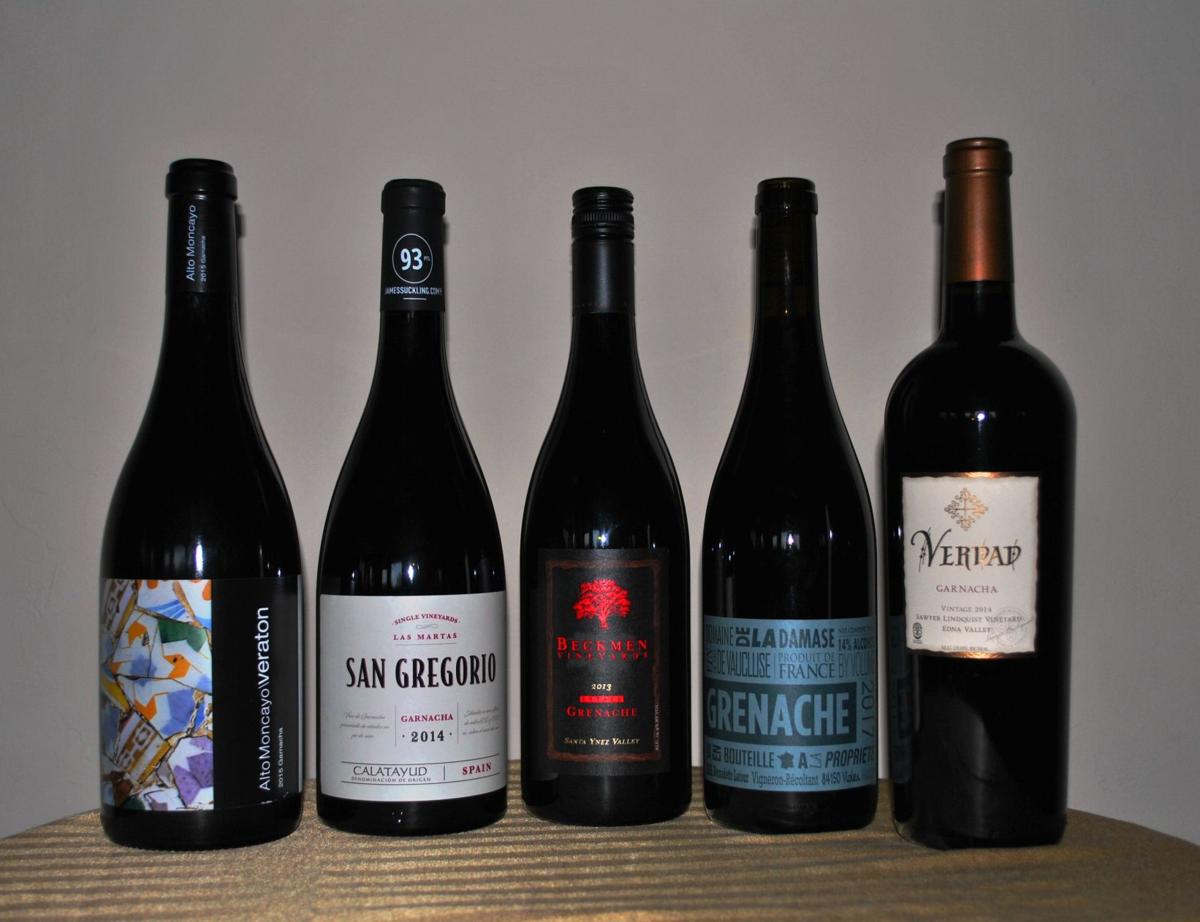In a few short days we can gather and congratulate ourselves for making one more trip around the sun. Although in my experience our New Year’s celebrations tend to be of the abbreviated sort, with most SaddleBrooke residents using the Time Square ball drop as the celebratory moment before retiring for the evening. That being said there’s nothing wrong with getting a good night’s sleep! Hopefully at whatever time you ring in the New Year you open something special.
For 2019 I plan on doing something just a little different in my articles. I’m calling it the “Twelve Month Wine Challenge.” Each month, for at least a portion of the article, I’ll recommend a particular grape variety or blend that is just slightly off of the norm. In my ILR and home-based wine classes I find myself encouraging the participants to reach beyond their regular “go-to” wines and try something different. There are so many interesting wines available in a broad range of price points there is no reason to keep sipping the same old – same old. So every month I’ll be making a wine suggestion and daring you to seek it out.
This month’s challenge variety is the red grape Grenache. Like many grape varieties it goes by several different names: Garnacha in Spain and Cannonau in Sardinia. The majority of Grenache is in fact grown in France and Spain. In the southern Rhone valley Grenache is the lead blending grape of the majority of reds produced there, including the well-respected and expensive Châteauneuf-du-Pape. In Spain Garnacha is widely planted in the northern regions of Campo de Borja, Calatayud, Cariñena and Somontano. A fair amount of Grenache is also grown in California, Washington State and Australia where it is frequently a blending partner with Syrah and Mourvedre (look for GSM on the label).
The Grenache grape is thin skinned and thrives in hot, dry climates. The best wines are produced from older vines grown on schist, granite or limestone soils; farmed with reduced crop yields with low or no irrigation. Wines made from Grenache tend to be lower in tannin and acidity, but high in alcohol. Flavors are lush and fruit forward and can range from ripe cherries, strawberries and plums to pomegranate and cinnamon.
Grenache/Garnacha tend to have a high QPR (quality to price ratio) and while there are gallons of entry level bottles in the retail marketplace it is relatively easy to get your hands on high quality examples. I suggest you begin your hunt at wine specialty stores. Plaza Liquors at 2642 N. Campbell Ave. has a very good selection of offerings from Spain as does Total Wines. A few solid options at various price points include:
- Alto Moncayo Veraton (Campo de Borja, Spain) - $30 to $35
- Beckmen Estate Grenache (Santa Ynez Valley, California) - $25 to $28
- Borsao Tres Picos Garnacha (Campo de Borja, Spain) - $16 to $20
- Domaine De La Damase (Vin De Pays, Du Vaucluse, France) - $12 to $15
It is my hope than many readers will take up the monthly challenge. You will expand your palate and maybe find a few new favorites along the way. As always, if you have any questions, comments or just want to chat about wine please feel to reach out to me.
Felice Anno Nuovo!
Tom Oetinger holds an advanced certification in wine & spirits from the WSET in London, England and is available to answer your wine questions at tjo1913@gmail.com




